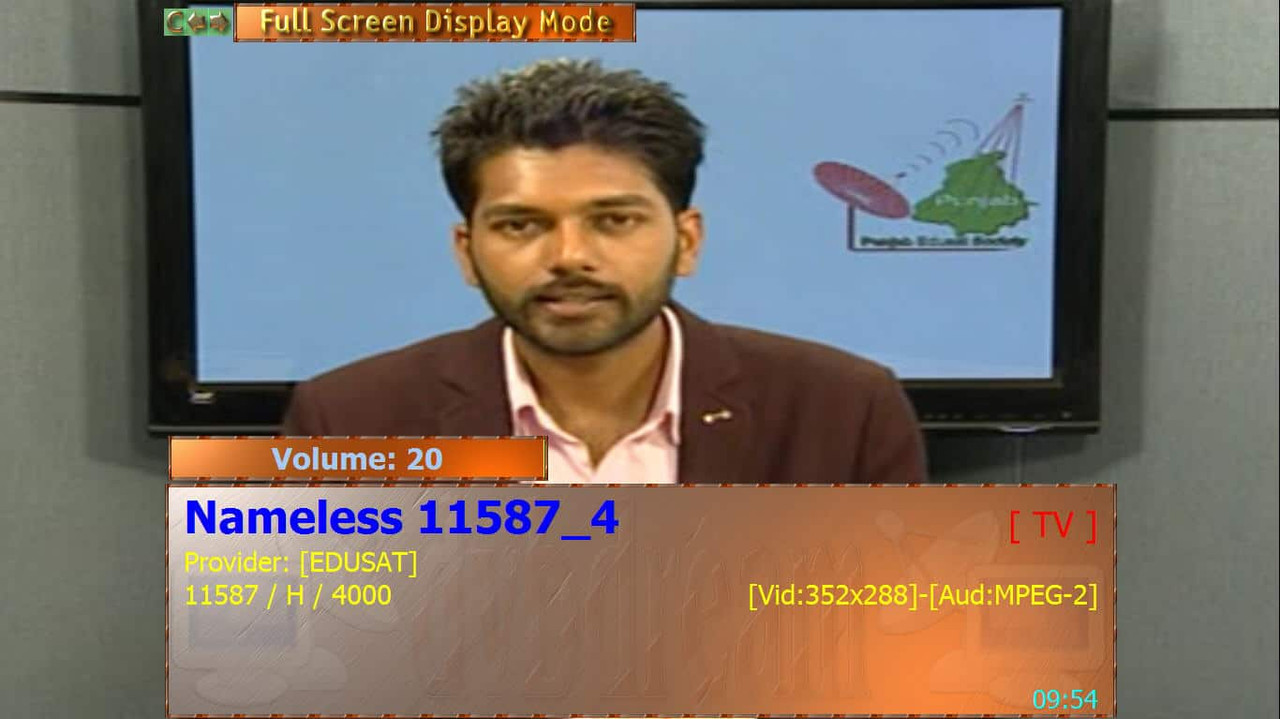abhinaba
Member
- Joined
- 23 Jul 2015
- Messages
- 400
- Reaction score
- 116
Orbital slot is the position of geostationary satellites above earth. Member countries under the framework of United Nations acquire these orbital slots through a coordination process at ITU.
Orbital slot once allocated can be held by a member country for 7 years. If the country does not use them within the stipulated period of 7 years, the slot allocated would lapse.
ISRO got 48° East orbital slot at the end of 90's decade. It occupied the slot by stationing GSAT-2 at that slot. After decommissioning of GSAT-2, 48° E slot remained vacant as GSAT-9 was not launched in time.
Previously in such cases ISRO allotted such slots to foreign operator. But after INSAT-2DT fiasco our parliamentarians raised their objections about repositioning of foreign satellites at Indian slots. After that we lost the use of L-band & part of S-band as ISRO failed to allocate satellites to its designated slots within the stipulated period of 7 years . Now 48° East orbital slot is vacant for more than 6 years.
Although this may sound alarming, let's take a look at the other operators. SES generally moved their old satellites to inclined orbit to use them as in-orbit backups. For exploration of new business they also move old satellites to new orbital slots. ISRO never done this, that's not meaning that they don't have capabilities. Actually ISRO never had a large fleet of geostationary satellites & most of their operational satellites decommissioned before replacement. INSAT-4CR which once lost during orbit raising maneuvers used up extra fuel to reach its orbit. As a result it was feared that it will last only 5 years. But due to superb calculated use of fuel (for station keeping) it survives more than 9 years for which ISRO got sufficient time to commission GSAT-18 (replacement of INSAT-4CR & 3C) before its EOL. From mid January we are seeing that satellites from 74°east are moving towards east & west. We can expect that in near future more such reposition maneuvers will be happen to serve our nation better.
Note: it is entirely my assumption with inputs from CAG reports.
Orbital slot once allocated can be held by a member country for 7 years. If the country does not use them within the stipulated period of 7 years, the slot allocated would lapse.
ISRO got 48° East orbital slot at the end of 90's decade. It occupied the slot by stationing GSAT-2 at that slot. After decommissioning of GSAT-2, 48° E slot remained vacant as GSAT-9 was not launched in time.
Previously in such cases ISRO allotted such slots to foreign operator. But after INSAT-2DT fiasco our parliamentarians raised their objections about repositioning of foreign satellites at Indian slots. After that we lost the use of L-band & part of S-band as ISRO failed to allocate satellites to its designated slots within the stipulated period of 7 years . Now 48° East orbital slot is vacant for more than 6 years.
Although this may sound alarming, let's take a look at the other operators. SES generally moved their old satellites to inclined orbit to use them as in-orbit backups. For exploration of new business they also move old satellites to new orbital slots. ISRO never done this, that's not meaning that they don't have capabilities. Actually ISRO never had a large fleet of geostationary satellites & most of their operational satellites decommissioned before replacement. INSAT-4CR which once lost during orbit raising maneuvers used up extra fuel to reach its orbit. As a result it was feared that it will last only 5 years. But due to superb calculated use of fuel (for station keeping) it survives more than 9 years for which ISRO got sufficient time to commission GSAT-18 (replacement of INSAT-4CR & 3C) before its EOL. From mid January we are seeing that satellites from 74°east are moving towards east & west. We can expect that in near future more such reposition maneuvers will be happen to serve our nation better.
Note: it is entirely my assumption with inputs from CAG reports.

